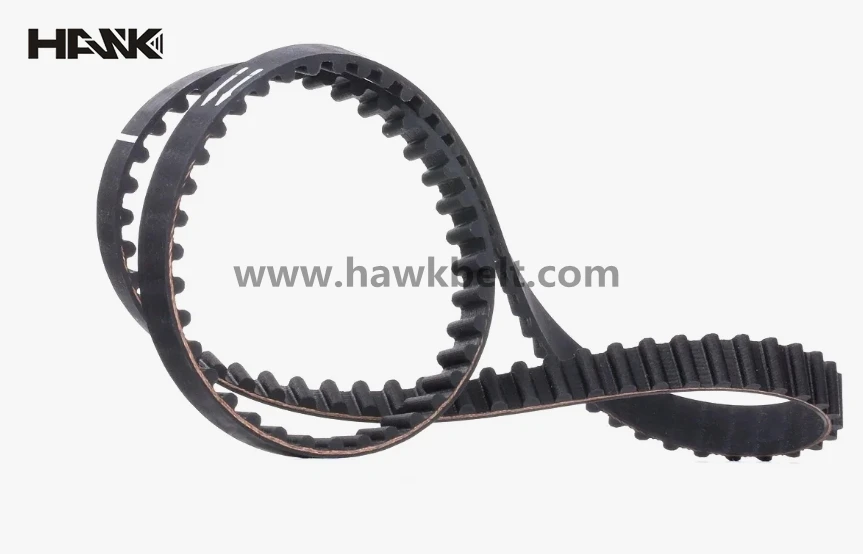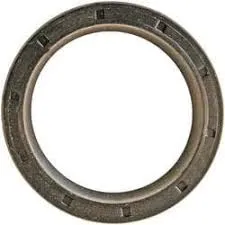...
2025-08-14 20:52
777
...
2025-08-14 20:43
2702
...
2025-08-14 20:07
895
...
2025-08-14 19:55
664
...
2025-08-14 19:40
730
...
2025-08-14 19:29
2438
...
2025-08-14 19:22
2242
...
2025-08-14 18:59
2045
...
2025-08-14 18:35
2302
...
2025-08-14 18:31
2873
Different types of rotary shaft seals are available in the market, including radial lip, axial lip, and mechanical face seals.
Oil Seals without Spring


